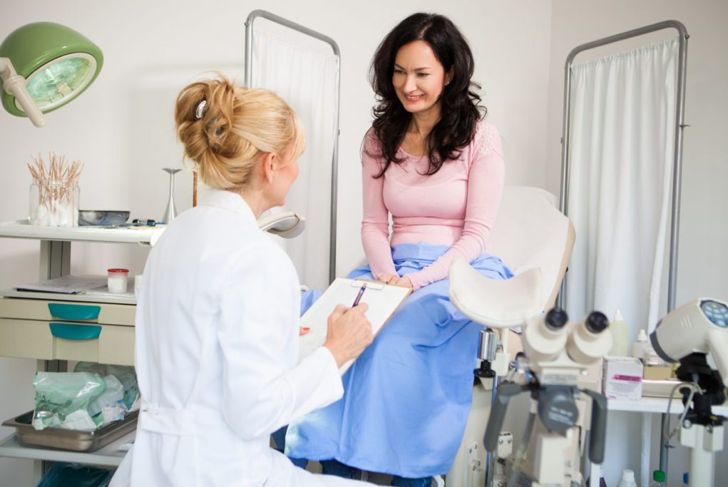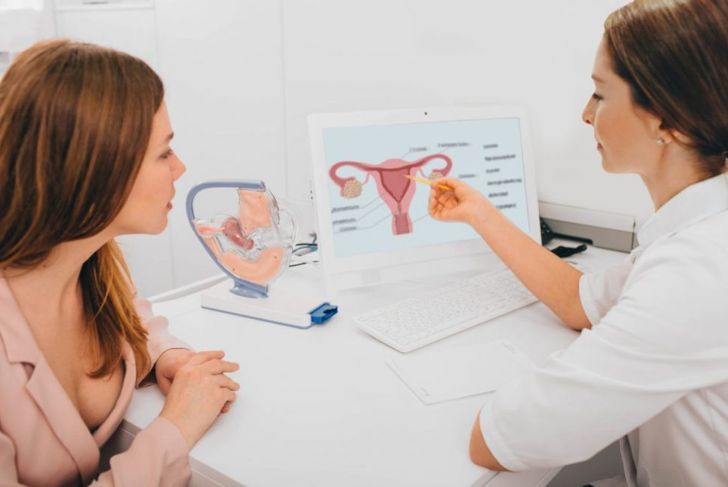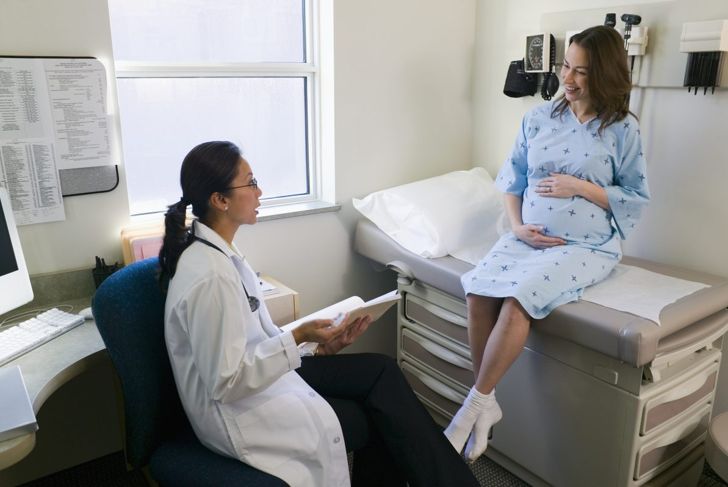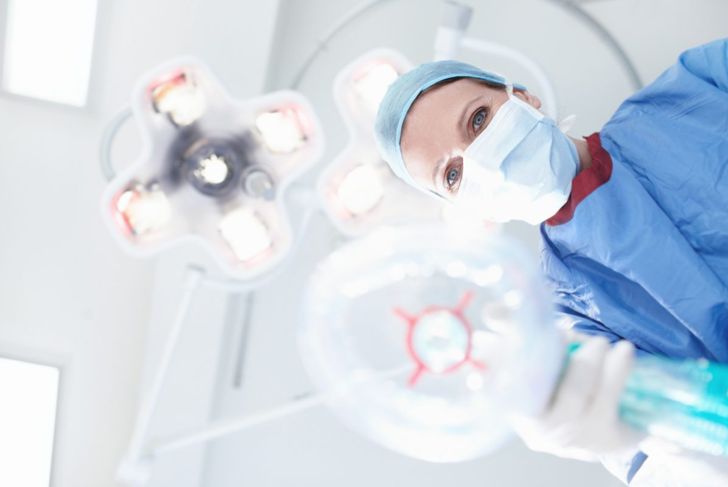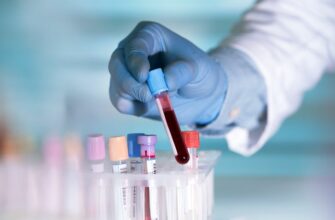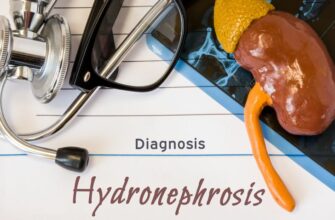A hysteroscopy is a procedure that enables a doctor to look inside the uterus and view this organ, as well as the cervix and the openings to the fallopian tubes. Hysteroscopies are done both for diagnostic purposes and as part of surgical procedures.
Hysteroscope
The tool used to perform a hysteroscopy is called a hysteroscope. The doctor will first dilate the cervix and then insert this thin, flexible tube with a light and a camera on the end through the vagina and cervix, into the uterus. Sometimes, medical staff will expand the uterus with gas or fluid, giving a better view of the area. The camera sends images to a video monitor.
Diagnostic Hysteroscopy
Diagnostic hysteroscopies either diagnose a problem or confirm the results of previous tests. They are usually performed in the doctor’s office. Sometimes, diagnostic hysteroscopies are done at the same time as other procedures, like dilation and curettage (D&C) or a more in-depth procedure called a laparoscopy. In this case, the procedure will likely take place in a hospital setting.
Operative Hysteroscopy
If a diagnostic hysteroscope identifies a problem, the doctor may perform an operative hysteroscopy right away, to avoid the need for a second procedure. The practitioner inserts small instruments through the hysteroscope to collect tissue samples, destroy endometrial tissue (ablation) to reduce menstrual bleeding, or to remove polyps, fibroids, or adhesions. Depending on what the practitioner needs to accomplish, the procedure lasts between 15 minutes and one hour.
Reasons for a Hysteroscopy
There are several reasons a person may need a hysteroscopy. They can identify abnormal structures, diagnose thickening of the uterine lining, find and remove fibroids or polyps, treat irregular periods, or collect tissue samples for biopsy. The procedure can also block the fallopian tubes as a form of birth control, identify causes of miscarriage, remove an IUD, or remove tissue after pregnancy loss.
Risks
A hysteroscopy is a relatively safe procedure with complications occurring in less than 1% of cases. When issues do develop, infection, heavy bleeding, scarring of the uterus, or injury to the bowel, bladder, uterus, or cervix are the most common culprits. Abnormal fluid collection causing low sodium levels is also a risk. If any of these complications occur, the patient may require surgery.
Advantages
Hysteroscopy is often the preferred medical intervention because it is less invasive and risky than alternatives. It offers some distinct advantages: shorter hospital stays and recovery times, avoidance of riskier surgeries, less need for pain medication after surgery, and possible avoidance of a hysterectomy.
Contraindications
While a hysteroscopy is usually the safest option, some things can interfere with the procedure, such as a bloated bladder, vaginal discharge, pelvic inflammatory disease, or an inflamed cervix. These conditions make it difficult to pass the hysteroscope safely through the vagina or cervix. Also, pregnant women or those who may be pregnant cannot have hysteroscopies.
Preparing for the Procedure
Preparing for a hysteroscopy is similar to preparing for other medical procedures. The person may have to fast beforehand if they will receive anesthesia. In other cases, the doctor will administer a sedative. Hysteroscopies are done after a woman’s last period and before ovulation, in part to limit the amount of vaginal discharge. Because of this, women are asked to track their menstrual cycle carefully to determine the best time for the procedure.
Anesthesia
The type of anesthesia the doctor will use primarily depends on where the hysteroscopy takes place. In the doctor’s office, a local anesthetic is most common. If the procedure is in a hospital, it is likely a more involved and potentially painful operative hysteroscopy that may require general anesthesia.
Recovery
Following a hysteroscopy, recovery varies depending on the type of anesthesia. General anesthesia requires observation in the hospital to make sure the patient stays stable and alert, though it is still likely they will still go home the same day. Cramping and vaginal bleeding may occur for a day or two. Pain relievers during the recovery period can help, but women should only use doctor-recommended medications, as some can increase the risk of bleeding.

 Home
Home Health
Health Diet & Nutrition
Diet & Nutrition Living Well
Living Well More
More